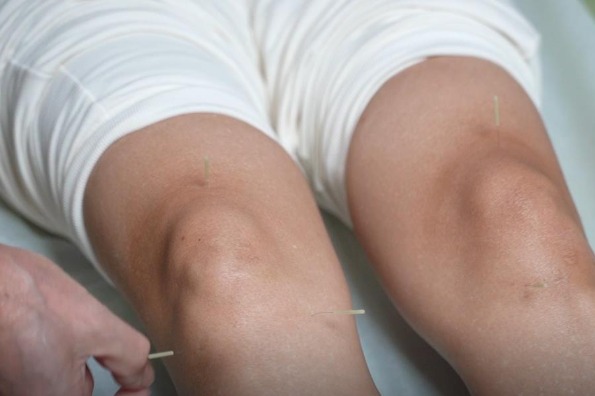Anshun Herbal Valley gives traditional Chinese medicine the glow of fresh possibility


Health tourism
Ren lives by the motto of "seizing the moment."
As more and more tourists came to visit, and Guizhou residents began to drive to the valley to admire the scenery, he gradually realized that the location was a natural tourist magnet. The combination of Chinese medicine and forested land is ideally suited to culture-oriented travel and health tourism, so in 2017, he began to think about how he could combine the dissemination of traditional Chinese medicinal culture, visits to the plantations, and the provision of medical and healthcare services, with rural tourism.
"I want to build a health and entertainment center in the forest that combines medicine, health, leisure travel and folk culture, with ecological demonstration sites and the popularization of traditional Chinese medicinal knowledge," he said.
As Ren spoke, visitors were tasting pots of tea made from an ingredient called Huangjing in Chinese, and known colloquially as Solomon's seal in English.
The center's infrastructure is not yet complete, and the brand's reputation is largely limited to Guizhou province. Last year, as a result of COVID-19, Anshun Herbal Valley was forced to close for six months, and so only received 18,500 tourists and a net income of 5.94 million yuan ($900,000).
Although in terms of profits, health tourism is not as useful as the sale of ingredients, Ren has no intention of giving up.
He plans to further explore cultural brand building, and invest more in infrastructure and tourism system design.
"The key to health tourism is 'experience', and the experience people have here is actually very good. We're doing a lot of planning, but still need more funding and time, and so we're looking for partners," he said.




